How to make pizza crust from cottage cheese became my unexpected kitchen victory when gluten-free living flipped our family menu upside down. If there’s one thing this journey has taught me, it’s how to turn “What now?” moments into delicious wins. Hi, I’m Melisa—Hudson Valley mom, recipe tinkerer, and full-time believer that comfort food shouldn’t need gluten to taste amazing. When our gluten-free chapter began, finding alternatives for favorite dishes like pizza night felt daunting. But with a little creativity (and a lot of cottage cheese), I discovered a crust that’s both cozy and satisfying. Whether you’re feeding picky little eaters like Emma and Chloe or just craving a new twist, this recipe’s here for you.
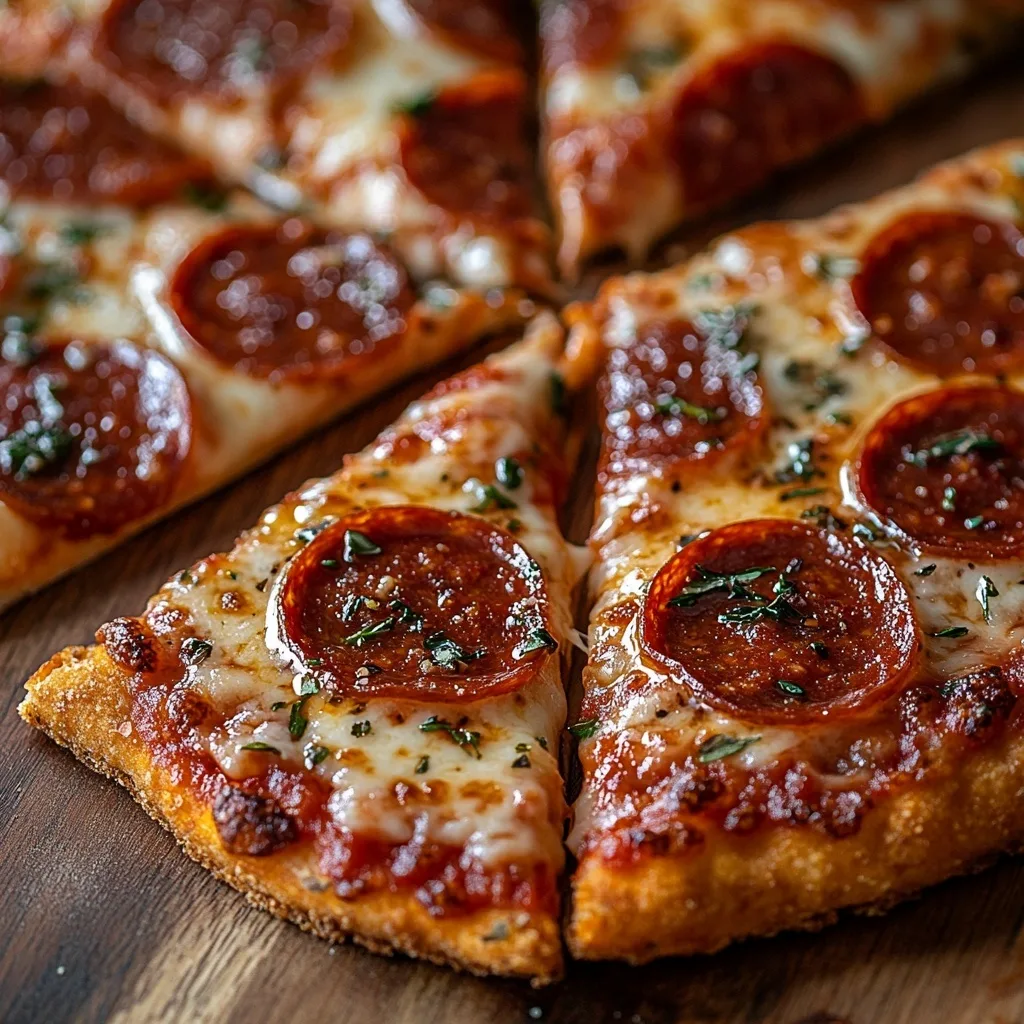
Explore the Steps
The Story
A Cozy Twist on Pizza Night
Friday nights used to mean one thing in our house: pizza. The smell of rising dough, the girls—Emma and Chloe—lining up toppings on the counter, and my husband manning the oven like a proud chef. But when gluten had to leave our family table, pizza night felt like one more thing slipping away. I tried store-bought gluten-free crusts, but they crumbled, tasted chalky, or left everyone picking at their plates.
One rainy afternoon, mid-recipe scroll, I stumbled on the idea of how to make pizza crust from cottage cheese. Honestly? I was skeptical. Could cottage cheese—a fridge staple mostly reserved for breakfast bowls—really turn into pizza? Still, the ingredients were simple, and I had nothing to lose.
I mixed, shaped, and baked. And when that first slice lifted from the pan—golden edges, tender bite, and a subtle, savory tang—I knew we had found a new hero for our gluten-free kitchen. Emma gave it her famous “not bad, Mom” nod (the ultimate stamp of approval around here), and Chloe grabbed a second piece before I could even snap a photo.
Now, this easy cottage cheese pizza crust has a permanent spot on our dinner rotation—right alongside cozy dishes like our sweet potato turkey taco bowls and my favorite taco cottage cheese sweet potato bowl. Learning how to make pizza crust from cottage cheese has truly become one of our favorite gluten-free discoveries.
Why Cottage Cheese Crust Works
So what makes pizza crust from cottage cheese such a brilliant choice? First up: protein. Cottage cheese is naturally high in protein, making it perfect for filling hungry bellies fast. Plus, it’s low in carbs, making it ideal for anyone learning how to make pizza crust from cottage cheese while keeping things light.
The texture is what really sold me. Unlike cauliflower or chickpea-based crusts that often fall apart, this one bakes up with a tender bite and just enough chew. It holds toppings beautifully without crumbling mid-slice.
Another win? The simplicity. No yeast. No waiting. Just blend, mix, press, and bake. For busy weeknights—or spontaneous pizza cravings—it comes together in under 30 minutes from start to finish. Kind of like how our viral sweet potato taco bowl recipe became a go-to, this crust makes homemade feel easy and doable, even on the busiest days.
PrintHow to Make Pizza Crust from Cottage Cheese | Easy Gluten-Free Recipe
A high-protein, gluten-free pizza crust made with creamy cottage cheese, perfect for busy weeknights. This easy recipe delivers a tender yet crispy base ready for all your favorite toppings—from classic pepperoni to veggie-loaded combos. No yeast, no rise time—just quick, homemade pizza satisfaction in under 40 minutes.
- Prep Time: 10 minutes
- Cook Time: 30 minutes
- Total Time: 40 minutes
- Yield: 8 slices
- Category: Pizza
- Method: Baking
- Cuisine: American
- Diet: Gluten Free
Ingredients
– ¼ cup gluten-free flour (or all-purpose flour for a non-GF option)
– 1 teaspoon baking powder
– ¼ teaspoon salt
– ½ cup cottage cheese (full-fat or low-fat)
– 1 large egg
– ¼ teaspoon garlic powder
– ¾ cup pizza sauce (I recommend Rao’s)
– 1 ½ cups (6 oz) shredded low-moisture mozzarella cheese
– Optional toppings: pepperoni slices, sautéed veggies, fresh basil, or your favorite pizza toppings
Instructions
1. Preheat your oven to 375°F (190°C) and lightly grease the inside of a 9-inch cake pan with olive oil to prevent sticking.
2. In a medium bowl, whisk together the gluten-free flour, baking powder, and salt.
3. Add cottage cheese, egg, and garlic powder to the dry ingredients. Stir until the mixture forms a thick, smooth batter.
4. Spoon the batter into the prepared pan, spreading it evenly. Slightly build up the edges to create a pizza crust shape, keeping the center thinner as it will puff during baking.
5. Place the pan in the oven and bake the crust for 25 minutes, or until it turns golden brown and feels firm to the touch.
6. Remove the crust from the oven and let it cool for about 5 minutes. Carefully lift it out of the pan and transfer it to a baking sheet for easier slicing later.
7. Spread ¾ cup of pizza sauce evenly over the crust.
8. Sprinkle the shredded mozzarella cheese on top and add your favorite toppings, like pepperoni or vegetables.
9. Return the pizza to the oven and bake for an additional 5 minutes, or until the cheese is melted and bubbly.
10. For extra crispiness, broil the pizza for 10–20 seconds, watching carefully to prevent burning.
11. Let the pizza cool slightly, then slice and serve warm.
Notes
– For a crispier crust, transfer the baked base to a baking sheet before adding sauce and toppings for the final bake.
– Feel free to mix in extra seasonings like Italian herbs, oregano, or red pepper flakes into the dough for more flavor.
– This recipe works best with full-fat cottage cheese for texture, but low-fat versions still give great results.
– Make it your own by experimenting with toppings like roasted veggies, olives, or cooked sausage.
– Leftovers store well in an airtight container in the fridge for up to 3 days.
Nutrition
- Serving Size: 1 slice
- Calories: 156
- Sugar: 1.6 g
- Sodium: 414.6 mg
- Fat: 10.3 g
- Carbohydrates: 7.1 g
- Fiber: 0.6 g
- Protein: 8.9 g
- Cholesterol: 50.1 mg
The Basics of Cottage Cheese Pizza Crust
Essential Ingredients for How to Make Pizza Crust from Cottage Cheese
When learning how to make pizza crust from cottage cheese, start with just a few simple ingredients. The base is, of course, cottage cheese. Full-fat works best to give the crust moisture and richness. Next, you’ll need gluten-free flour—oat flour and almond flour both work well. Eggs help bind everything together. A touch of garlic powder, Italian herbs, and a pinch of salt round out the flavor.
One of the reasons I love how to make pizza crust from cottage cheese is how flexible the ingredient list can be. If dairy-sensitive, you can explore lactose-free options. Craving extra flavor? Toss in some Parmesan or nutritional yeast for a savory boost.
For anyone tracking macros, this crust is surprisingly high in protein and low in carbs. If you’re curious about the nutritional breakdown, check out my full post on cottage cheese pizza crust protein for detailed numbers.
Step-by-Step Preparation for Cottage Cheese Pizza Crust
Start by preheating your oven to 400°F. Line a baking sheet with parchment paper and lightly spray it with cooking oil.
In a food processor or blender, pulse the cottage cheese until it’s smooth. In a large mixing bowl, combine the blended cottage cheese with your flour, eggs, and seasonings. Stir well until a sticky, thick dough forms.
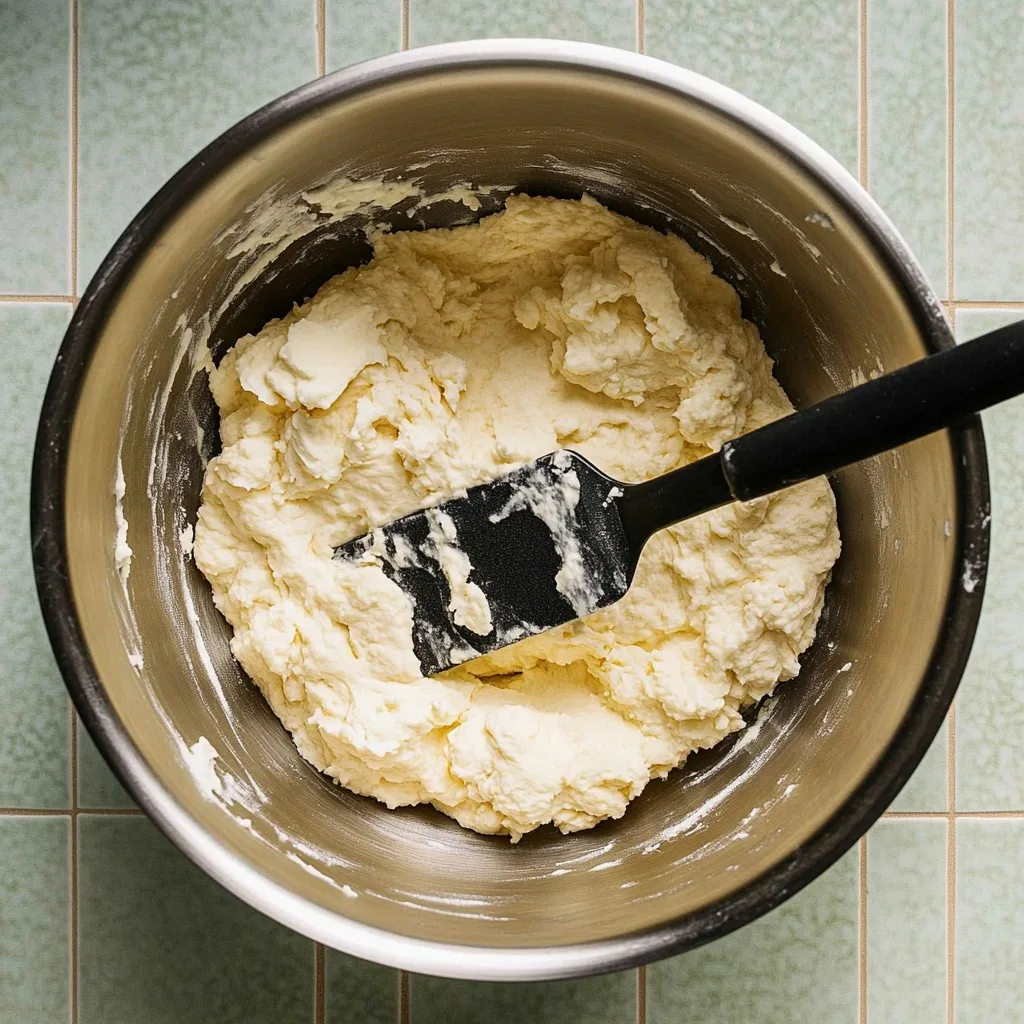
When following how to make pizza crust from cottage cheese, spreading the dough evenly is key. Wet your hands or use a spatula to shape the dough about ¼ inch thick on your baking tray.

Bake for 20–25 minutes until the crust turns golden and firms up in the center. Want to get creative? Try adding veggies right into the crust like I did with my broccoli cottage cheese pizza crust version.
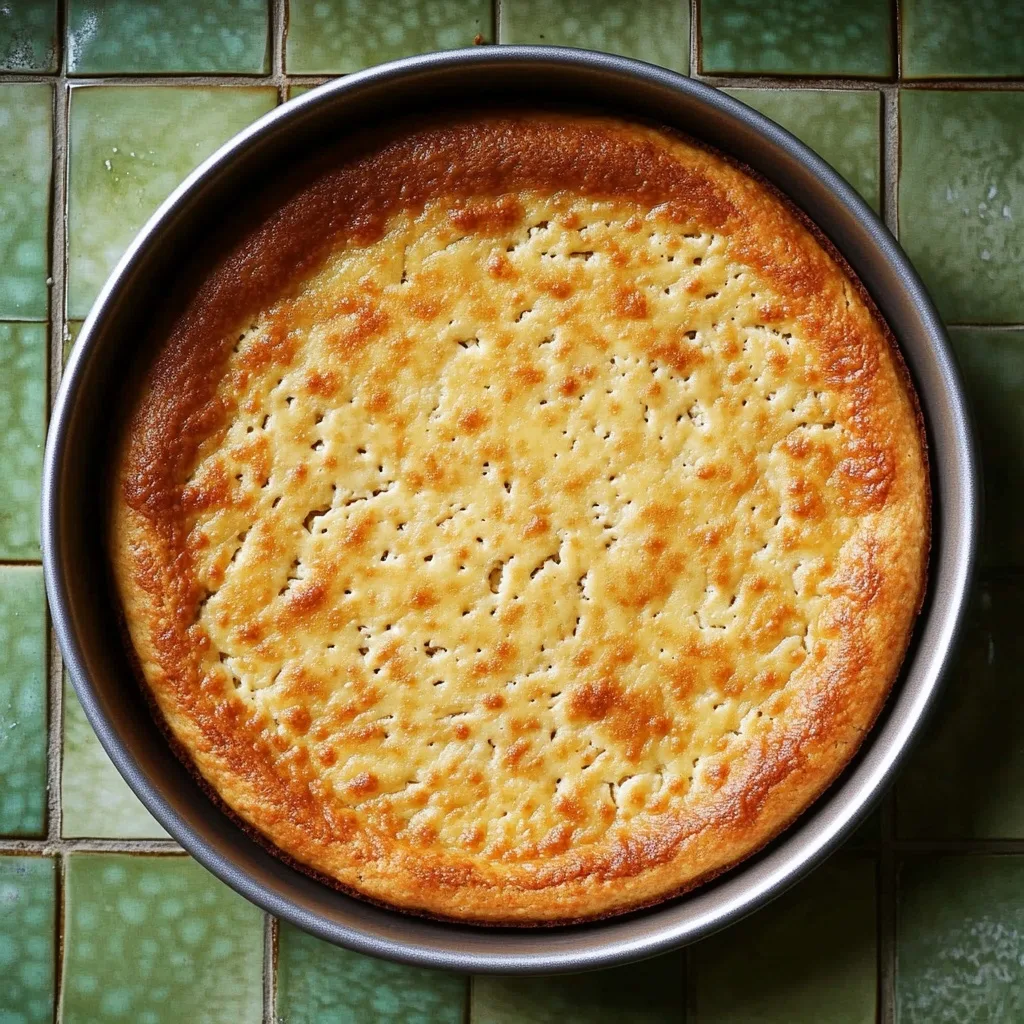
Finally, top with sauce, cheese, and your favorite toppings. Pop it back in the oven until everything’s bubbly and hot. Mastering how to make pizza crust from cottage cheese really is that simple!
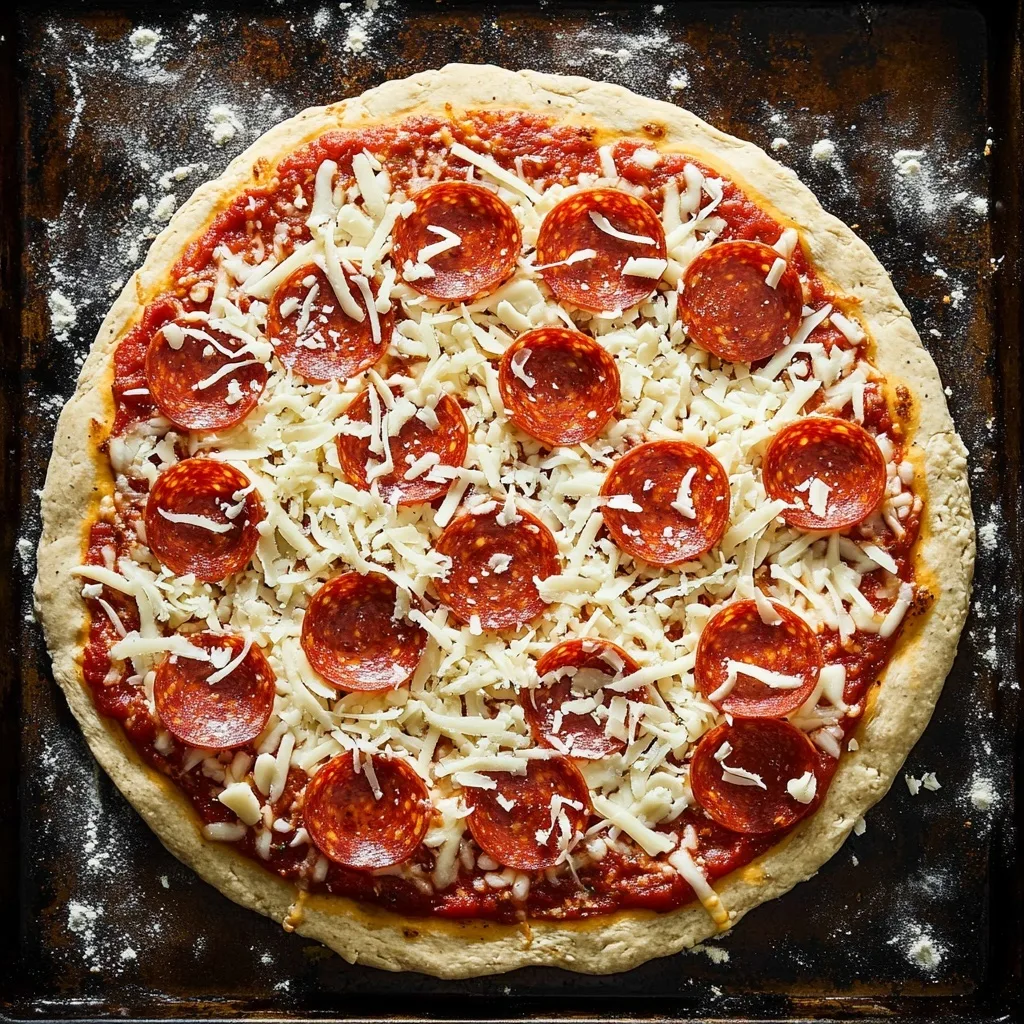
Enhancing Your Pizza Experience
Topping Ideas to Elevate Your Cottage Cheese Pizza Crust
Now that you’ve mastered how to make pizza crust from cottage cheese, it’s time to talk toppings! The beauty of this high-protein, gluten-free crust is how well it holds up to all your favorite flavors.
For a classic option, spread tomato sauce over the baked crust, sprinkle mozzarella, and layer on pepperoni or fresh basil. If you’re craving something lighter, go for a veggie-loaded version with sautéed spinach, roasted peppers, and a sprinkle of feta.
One family favorite here is a taco-inspired pizza—using leftovers from our sweet potato taco bowl with hot honey as toppings. The sweet and savory combo on top of this cottage cheese base is unbeatable. Another fun twist? Turn it into a brunch pizza with scrambled eggs, cheddar, and turkey sausage.
No matter what you choose, the neutral flavor of the cottage cheese crust plays well with bold spices and hearty toppings, making it endlessly customizable.
Serving and Storage Tips for Your Cottage Cheese Pizza Crust
After baking and topping, let your pizza rest for about 5 minutes before slicing. This helps the cheese set and makes the crust easier to cut without crumbling.
If you have leftovers (which doesn’t happen often here!), store slices in an airtight container in the fridge for up to 3 days. Reheat in the oven at 350°F for about 10 minutes to crisp up the crust again. The microwave works too, but you’ll lose a bit of that freshly-baked texture.
Another tip I swear by: double the recipe next time and bake two crusts. Freeze one for future pizza nights. Once you know how to make pizza crust from cottage cheese, batch-prepping becomes a total lifesaver on busy evenings—just like making extra servings of our sweet potato taco bowls.
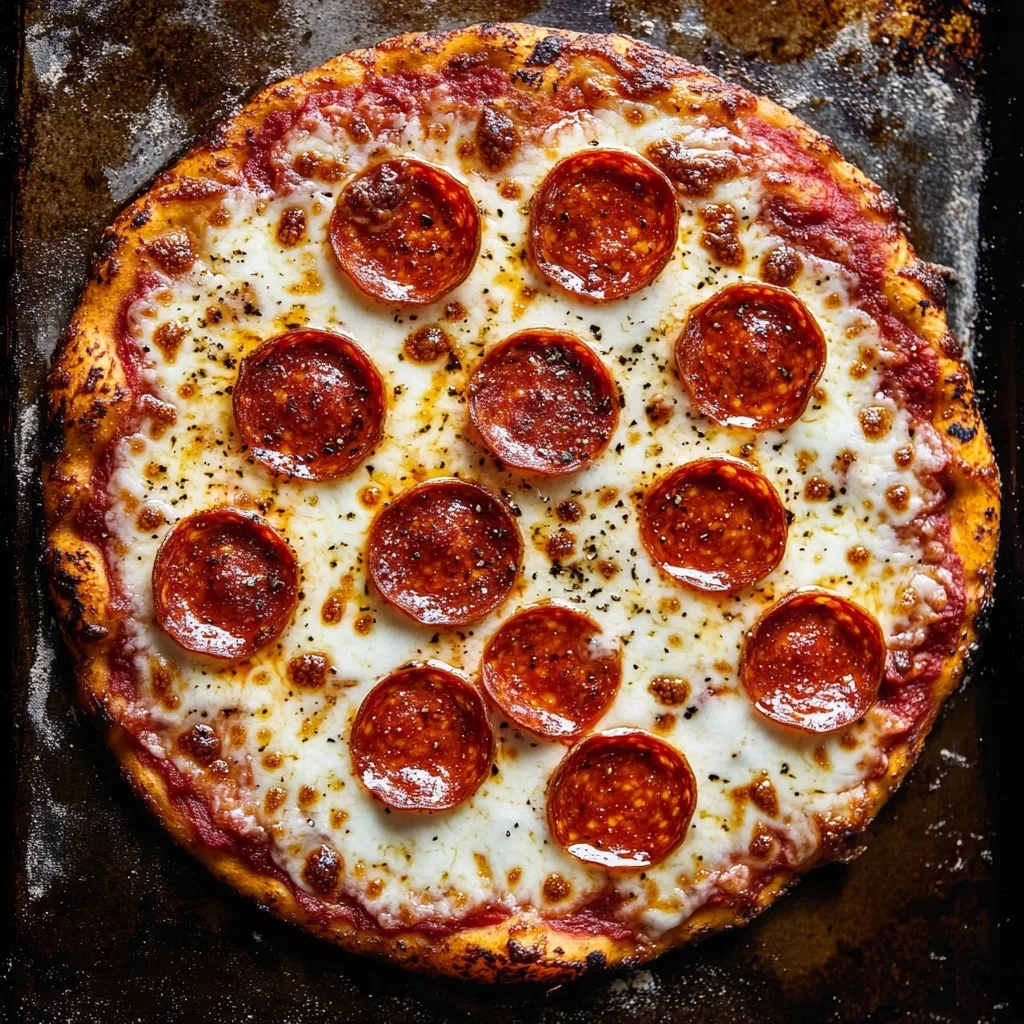
Nutritional Insights: Is Cottage Cheese Pizza Crust Good for You?
One reason I love discovering how to make pizza crust from cottage cheese is how balanced and nutritious it is. For anyone following a gluten-free, high-protein, or low-carb lifestyle, this crust hits all the right notes. Plus, it leaves you feeling full without the heavy crash that often follows traditional pizza night. For more on the benefits of cottage cheese, check out this detailed article on cottage cheese nutrition benefits.
Here’s a quick nutrition comparison (per slice):
| Nutritional Element | Cottage Cheese Crust | Traditional Pizza Crust |
|---|---|---|
| Calories | 150 | 220 |
| Protein | 14g | 5g |
| Carbohydrates | 6g | 28g |
| Fat | 8g | 4g |
This protein-packed option pairs perfectly with toppings from our sweet potato taco bowl with hot honey for a full, balanced meal.
Troubleshooting & FAQs About How to Make Pizza Crust from Cottage Cheese
Can I make pizza dough with cottage cheese?
Absolutely! Cottage cheese blends smoothly with flour and eggs to create a soft, protein-rich dough that holds together beautifully.
Is cottage cheese pizza good for you?
Yes! It’s high in protein, low in carbs, and naturally gluten-free. If you’re craving pizza while keeping an eye on nutrition, this recipe is a perfect fit.
How to make pizza dough with 3 ingredients?
Simply mix cottage cheese, gluten-free flour, and eggs. It’s a straightforward, no-fuss approach that still delivers great flavor and texture.
What is the best cheese for pizza crust?
For this recipe, cottage cheese is the star. Its moisture and protein content create the perfect base for toppings. For added flavor, toss in a handful of Parmesan.
Conclusion
If you’ve been wondering how to make pizza crust from cottage cheese, now you’ve got a simple, gluten-free recipe that’s both delicious and family-approved. This crust is high in protein, low in carbs, and comes together with minimal fuss—perfect for busy nights when Emma and Chloe are already asking, “What’s for dinner?”
Beyond the nutrition boost, learning how to make pizza crust from cottage cheese means you can skip expensive store-bought gluten-free crusts and create something homemade with ingredients you probably already have. Plus, the soft, tender texture makes this a favorite even with picky eaters.
The next time you’re planning a pizza night but want something a little healthier (without giving up flavor), remember this method for how to make pizza crust from cottage cheese. You’ll be amazed at how satisfying it is—and how quickly it disappears from the dinner table.

